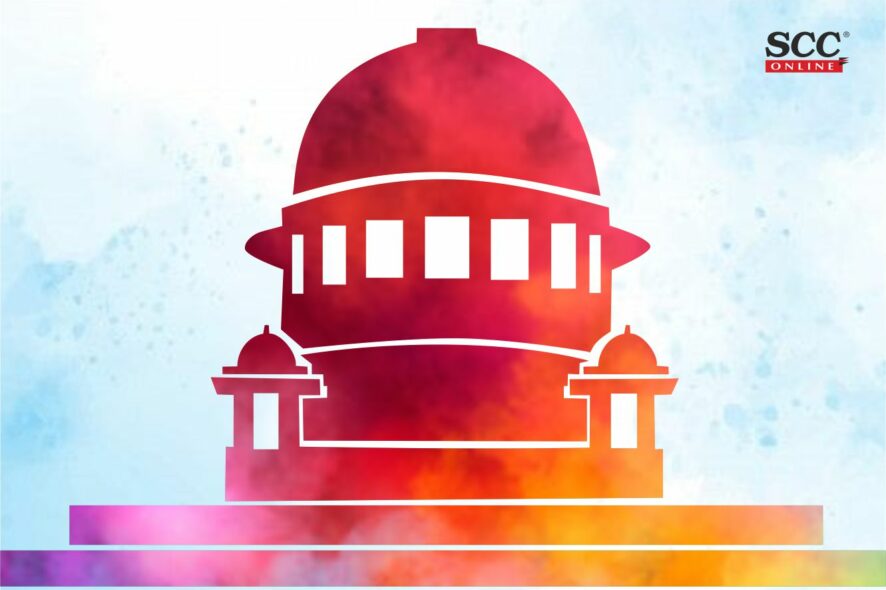Supreme Court: Posed with the issue of Interpreting Section 60(5) of the Insolvency and Bankruptcy Code, 2016 in order to understand the scope of the jurisdiction of NCLT in dealing with the corporate disputes arising out of insolvency, the bench of Dr. DY Chandrachud* and MR Shah, JJ had the occasion to visit the principle to be kept in mind while interpreting ‘similar words’ in ‘distinct settings’.
Stating that in such cases it is necessary to bear in mind the context in which the phrases have been used, the Court took note of a commentary by Justice G.P. Singh wherein it was stated that,
“When the question arises as to the meaning of a certain provision in a statute, it is not only legitimate but proper to read that provision in its context. The context here means, the statute as a whole, the previous state of the law, other statutes in pari materia, the general scope of the statute and the mischief that it was intended to remedy.”
The Court, hence, said that textually similar language in different enactments has to be construed in the context and scheme of the statue in which the words appear.
“The meaning and content attributed to statutory language in one enactment cannot in all circumstances be transplanted into a distinct, if not, alien soil. For, it is trite law that the words of a statute have to be construed in a manner which would give them a sensible meaning which accords with the overall scheme of the statute, the context in which the words are used and the purpose of the underlying provision.”
[Gujarat Urja Vikas Nigam Limited v. Amit Gupta, 2021 SCC OnLine SC 194, decided on 08.03.2021]
*Judgment by: Justice Dr. DY Chandrachud
Appearances before the Court by”
For appellant: Senior Advocate Shyam Diwan and Advocate Ranjitha Ramachandran
For Respondent: Senior Advocate C U Singh and Nakul Dewan







